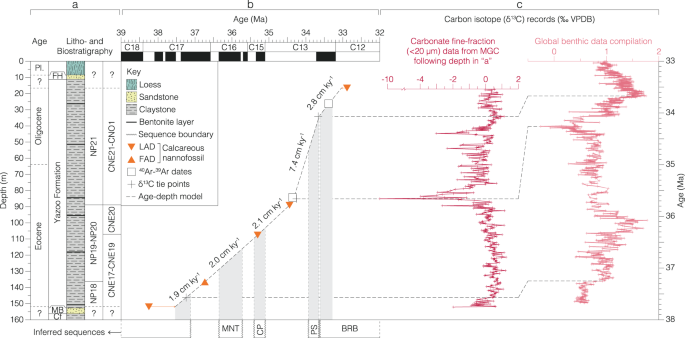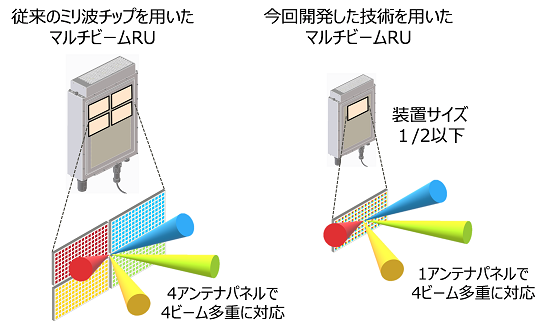2023-08-25 ペンシルベニア州立大学(PennState)
◆この研究では、氷流での2,200以上の氷震が、新月または満月に続く春の潮汐期に主に発生することが示されました。これらの氷震の多くは、氷床が陸地から海に移る境界線で発生し、海岸地域のプロセスを理解する上で重要です。今後の研究では、より正確なデータを収集するためにセイズモメーターを現場に配置することが検討されています。
<関連情報>
- https://www.psu.edu/news/research/story/ears-ice-icequakes-antarctica-linked-ocean-tides/
- https://agupubs.onlinelibrary.wiley.com/doi/full/10.1029/2023JF007172#:~:text=Seismicity%20is%20predominantly%20concentrated%20in,preceding%20daily%20maximum%20high%20tide.
西南極、ファウンデーションアイスストリームにおける潮汐によって変調された氷河地震活動 Tidally Modulated Glacial Seismicity at the Foundation Ice Stream, West Antarctica
Erica M. Lucas, Andrew A. Nyblade, Richard C. Aster, Douglas A. Wiens, Terry J. Wilson, J. Paul Winberry, Audrey D. Huerta
Journal of Geophysical Research: Earth Surface Published: 22 June 2023
DOI:https://doi.org/10.1029/2023JF007172

Abstract
We investigate the occurrence of repeating glacial seismicity near the grounding line of the Foundation Ice Stream and further upstream using continuous broadband seismic data collected by Polar Earth Observing Network (POLENET/A-NET) stations from 2014 through 2019. Through manual identification and cross-correlation analysis, 2,237 discrete icequakes (1.5≤ ML ≤ 2.6) are detected in two spatial clusters, one located at the grounding line of the Foundation Ice Stream (2,219 event detections) and a second located further upstream proximal to a subglacial ridge (18 event detections). Seismicity is predominantly concentrated in the Schmidt Hills, located adjacent to the grounding line of the Foundation Ice Stream, and shows clear ocean tide modulation. Seismic events primarily occur during spring tides, and, on a shorter timescale, concurrent with the rising tide preceding daily maximum high tide. The seismicity can be attributed to stick-slip motion and fracturing that preferentially occur during rising tides. Seismicity located further upstream in the southern portion of the Foundation Ice Stream most likely reflects basal stick-slip processes associated with the subglacial topographic high.
Key Points
- 2,237 discrete icequakes are detected in the Foundation Ice Stream region from 2014 through 2019
- Seismicity is predominantly concentrated adjacent to the grounding line of the Foundation Ice Stream and shows clear ocean tide modulation
- Grounding line seismicity is best attributed to glacial stick-slip and fracturing processes and preferentially occurs during rising tides
Plain Language Summary
The study of glacial processes at the grounding line, where the ice sheet transitions from sitting on bedrock to floating on the ocean, is important for better understanding the transfer of ice from Antarctica’s interior to the ocean. Icequakes, which are like earthquakes but caused by the movement of ice instead of rock, can be used to investigate glacial processes at the grounding line. In this study, we detect 2,237 icequakes in the Foundation Ice Stream region of West Antarctica between 2014 and 2019. Of the 2,237 icequakes detected, 2,219 icequakes are located near the grounding line of the Foundation Ice Stream. The timing of icequake occurrence near the grounding line is driven by the ocean tides, with icequakes predominantly occurring during rising tides and spring tides. A seasonal shift in the time of day at which icequakes occur is observed, which can be attributed to the shift in the time of daily high tide throughout the year. In addition to the icequakes located near the grounding line, 18 icequakes are detected further upstream near a prominent subglacial ridge.



